Home » Walking Tips » Hiking in New Zealand: Weather Tips You Need to Know
Waking or hiking in New Zealand can be a breathtaking experience, thanks to its vast, diverse landscapes. However, the country’s unique location and geography mean the weather can change in the blink of an eye.
Here’s my friendly guide to help you navigate New Zealand’s weather, so you can make the most of your hiking trips. If you’re not sure which walk is best for you, you can learn how to choose a walk.
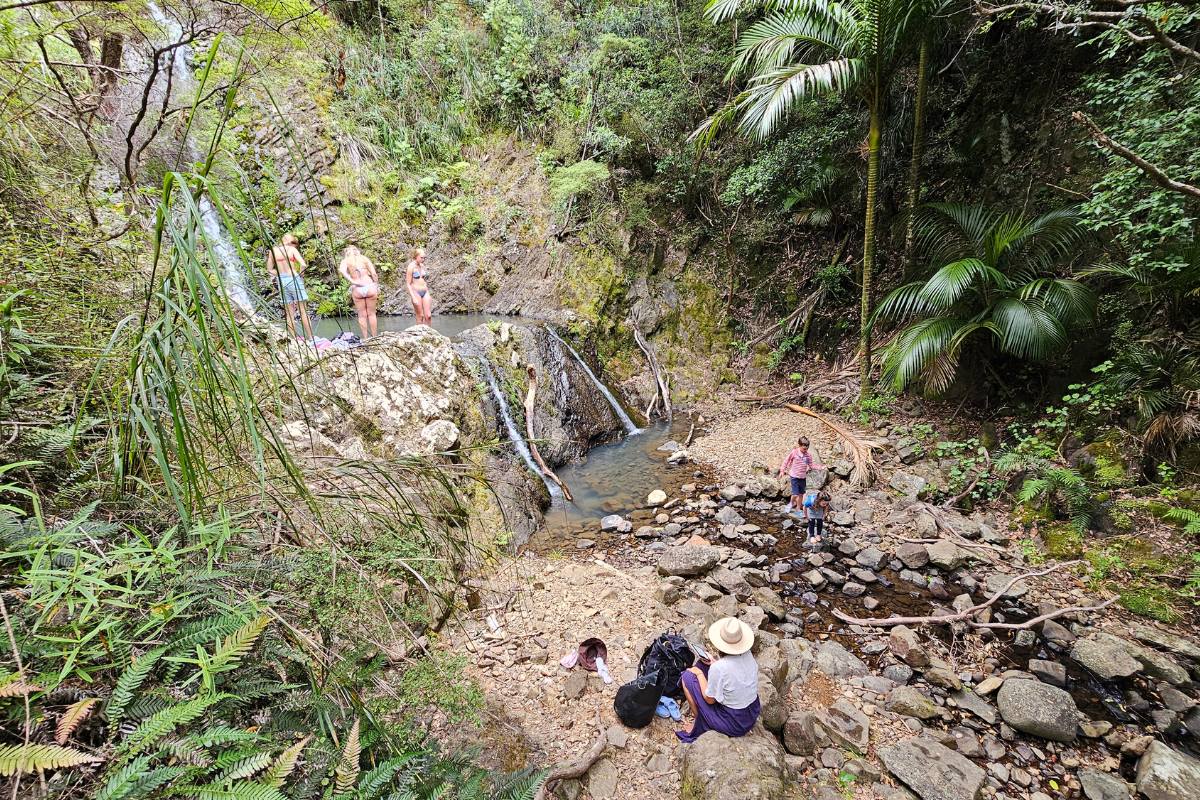
New Zealand is split into two main islands: the North and South Islands. The North Island typically sees a subtropical climate, meaning it’s warmer, while the South Island is cooler with a temperate climate.
The mountains and oceans around both islands can cause quick and surprising shifts in the weather. So, don’t let a sunny morning fool you – it could be raining by lunchtime!
Check you have the right safety gear for walking in New Zealand.
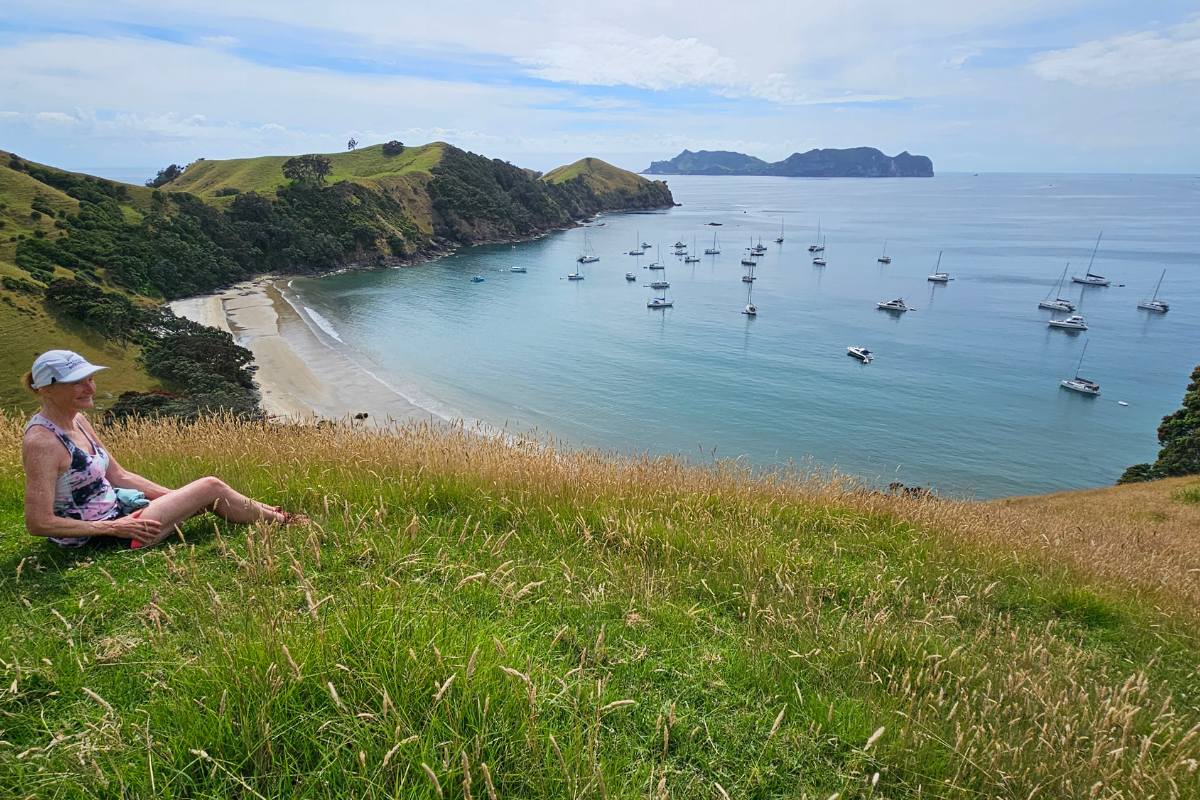
This is my favourite season for walking because it’s usually warm and sunny. Still, it’s a good idea to pack a rain coat and some layers; those mountain areas can get chilly and wet even in summer.
Cool, crisp air and less crowded walks make autumn a great time for hiking. The changing leaves are mega pretty too, especially in Central Otago in Wanaka or Queenstown.
It gets cold, and the high mountain tracks often see snow, especially in the South Island. Some tracks might be too slippery or blocked, so check which walks are good to go before you head out.
Spring weather can be a mixed bag—sun, wind, rain, you name it, and usually all in one day! Melting snow also means rivers can be high, and trails can be muddy. But the blooming wildflowers are worth it, especially in places like Lake Tekapo.
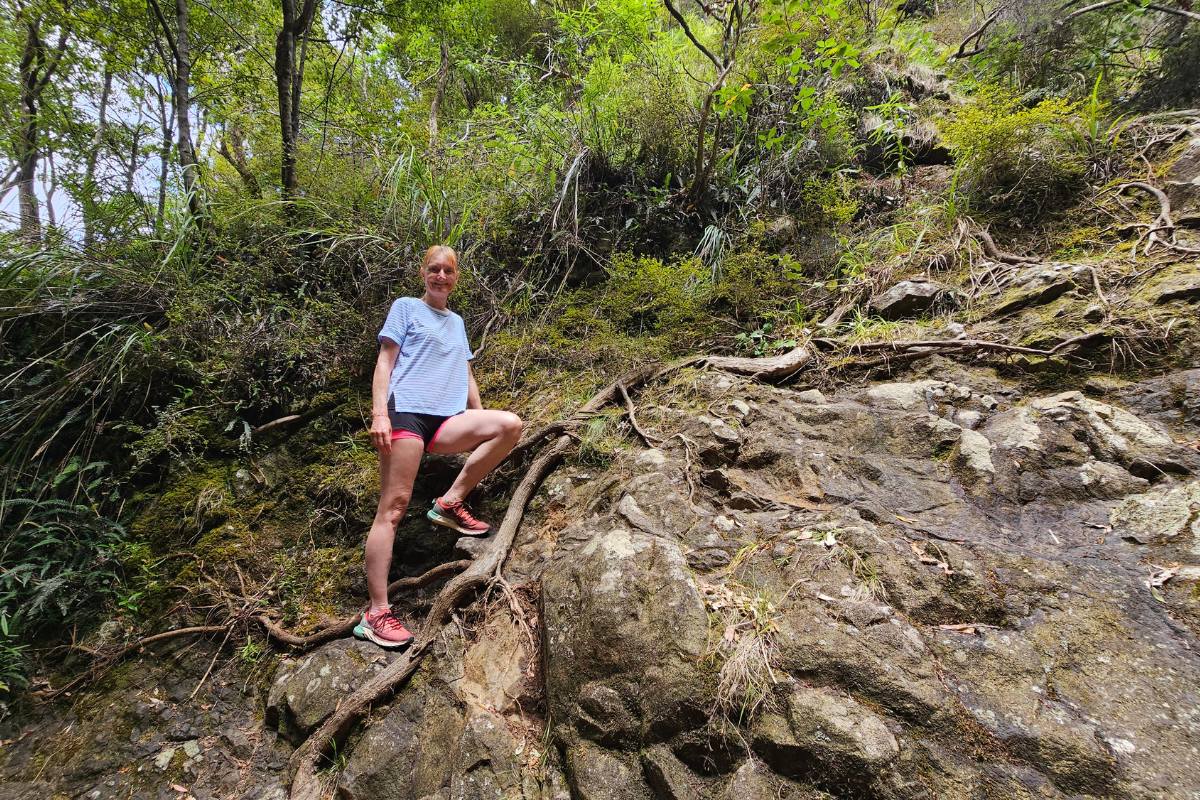
Nor’westers: These are warm, dry winds that hit the South Island and can make things suddenly hotter. They’re a good reminder to carry extra water, a hat and sunscreen.
Foehn winds: These guys are like nor’westers but can cause drastic temperature jumps. If it suddenly feels like you’re walking in shorts weather, you know why!
Rain: Rain loves to hang out on the west coast of both islands, thanks to those tall mountains. Even if it’s sunny when you start, always have a raincoat handy.
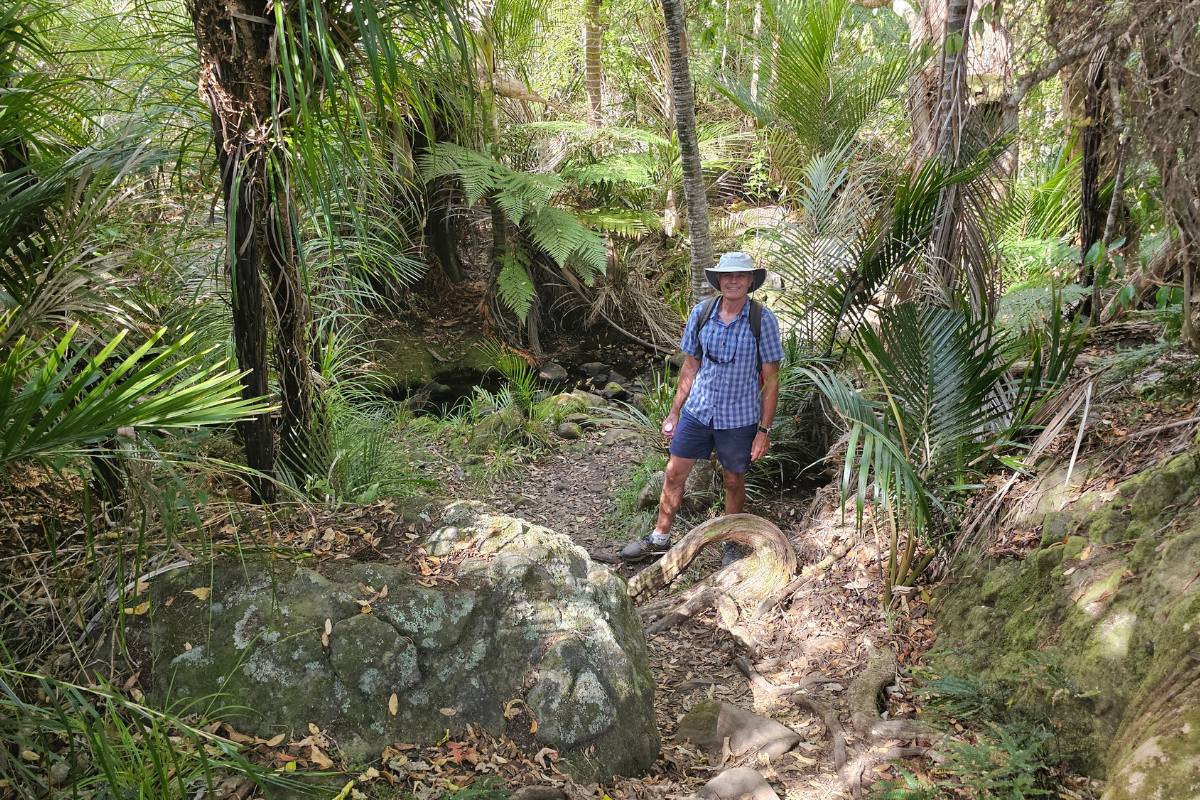
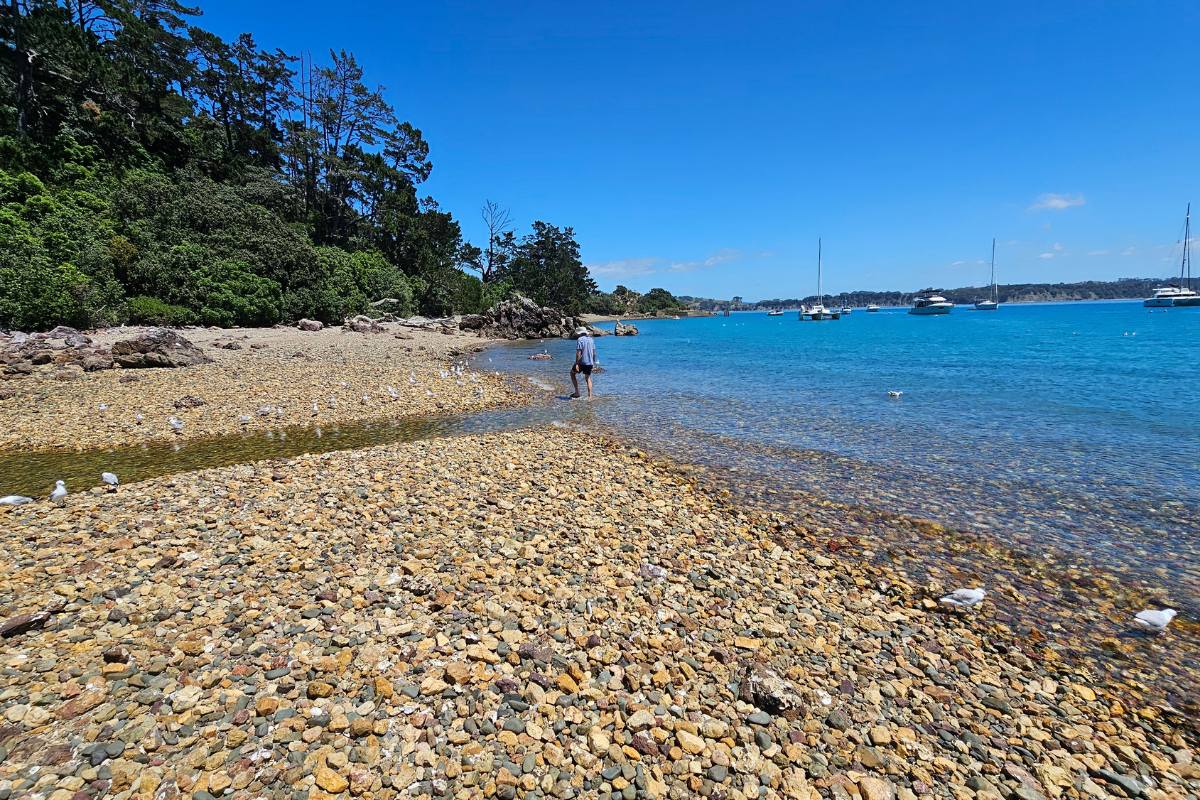
New Zealand’s walks and hiking offer some of the most beautiful trips on the planet. Understanding the local weather will not only keep you safe but also help ensure you have a fantastic time exploring. So gear up, check the forecast, and get ready to take on the great Kiwi outdoors!
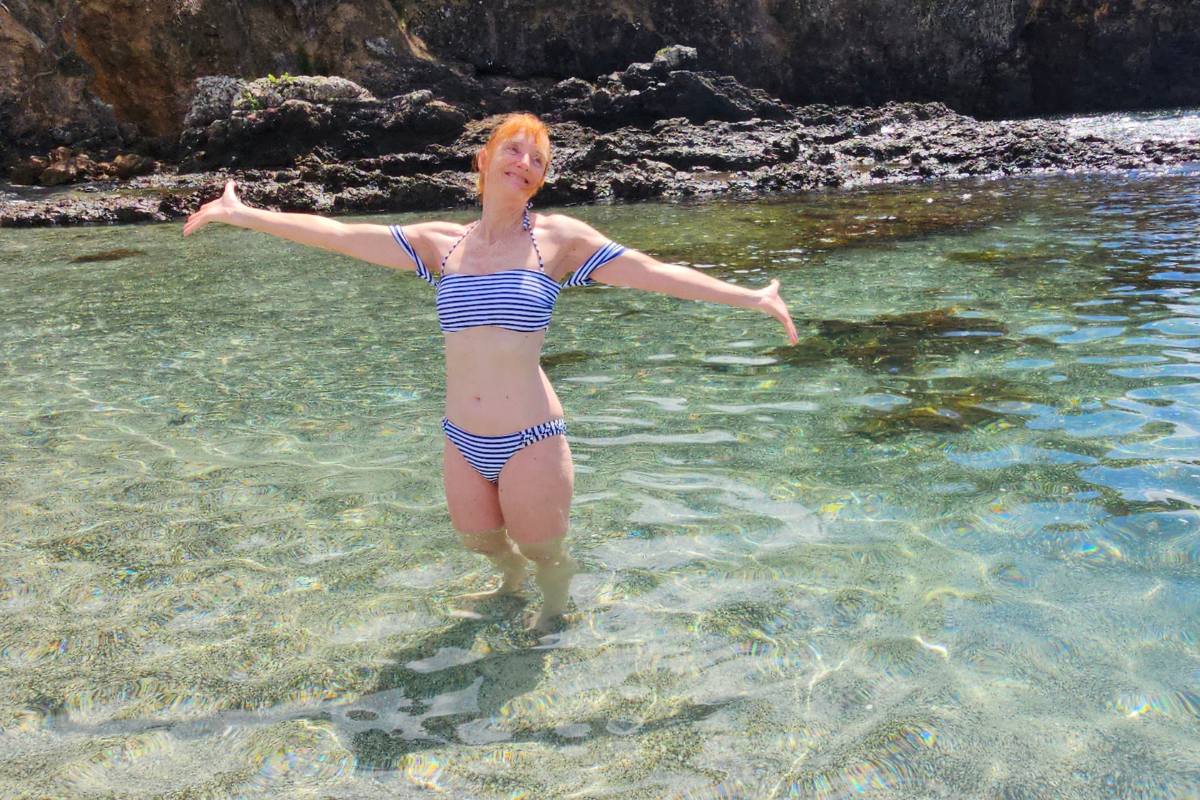
Why not check out my favourite walks in the North and South Islands, it’s a great place to start if you’re not sure what’s best for you.
FREE Auckland Walks eBook
Subscribe for walking and hiking tips.

Walking Day Pack made in New Zealand